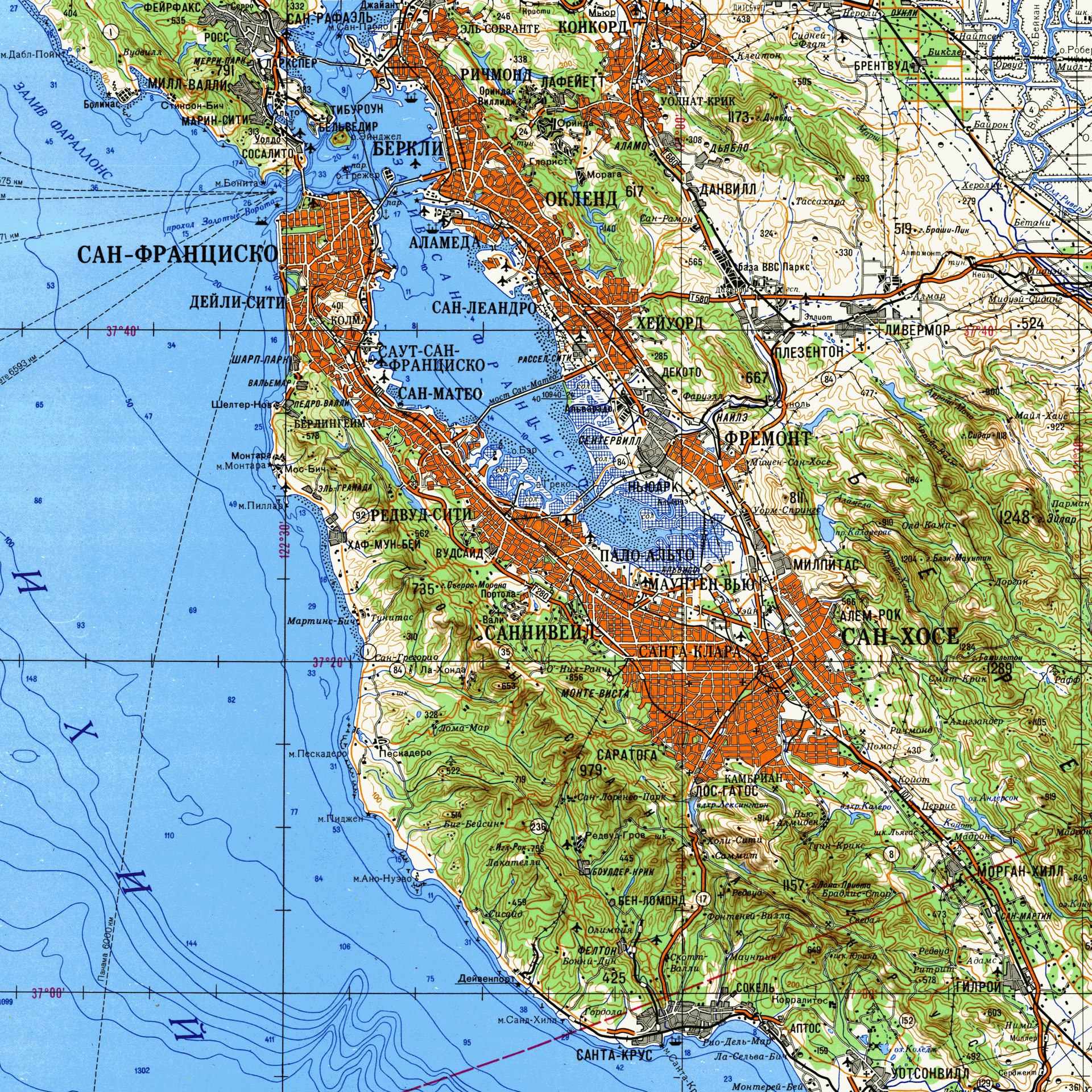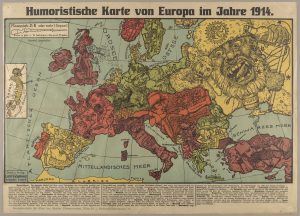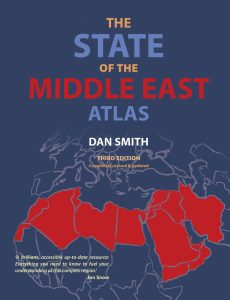
Space. The amount of space left available in the United States is always diminishing. This was especially true in the later part of the twentieth century. After the 1990’s, there was an immense influx of immigrants because of the Cold War as people wanted to start anew. People migrated to new places and constructed new communities to support the mass of people migrating. Although it may not have seemed like an important problem at the time, you can see that now the influx of people has presented a challenge relating to the space available in certain parts of the United States. This being said, certain places were severely affected. This map shows this extreme dichotomy.
The Population Density Map of US 1990 is a visual representation of the uneven distribution of the population within America. It uses a quasi-3-D topographical technique that depicts the population densities. This map was a front to a much bigger problem happening at the time. Just before 1990, the Immigration Reform and Control Act of 1986 drastically increased the number of immigrants allowed into the United States, resulting in 32.7 million immigrants travelling to America between 1990 and 2000. Although the Immigration Act of 1990 established a new “cap” on the level of immigrants, the number of admissions was still increasing because the fine print of the act could be distorted and manipulated.
The population problem didn’t start here though. In the 1920’s, the national-origins quota system allowed for each nationality to have a quota of immigrants based on the nations’ representation already in country. Having heard of the land of opportunity, most immigrants to the major cities that they heard the most about, which is exemplified by New York City, and most of the East Coast. Because of this, in June of 1963, John F. Kennedy started a reform for this process of immigration, stating the quota system was “intolerable.” Although Kennedy’s assassination prevented him from carrying out the reform, Congress took up his cause and implemented the Immigration and Naturalization Act of 1965. This worsened the problem by allowing the reuniting of families from foreign countries, and even allowing skilled labor forces into the United States. This caused an even greater migration of immigrants into the United States; looking at the map, this explains why populations were increasing in the middle of America as there was more space. Now, this was only legal immigration — illegal immigration was a whole other situation. What the map doesn’t show is that number of illegal immigrants grew from 540,000 to 2.5 million in the years between 1969 and 1990; this increased at a greater rate from 1990 to 2016 with almost 11.3 million illegal immigrants being in country today. Even in supposed statistical based cartography, there is still room for error, and even bias, as some individuals would not have been accounted for — purposefully or not. For example, there is no information regarding if the populations in the map contain the number of illegal immigrants. Biased or not, the overwhelming wave of people flooding into the United States will eventually cause problems.
As the map is based off of varying data, it is very unique; it is different to other kinds of cartography in the sense that it actually does grow. In the words of Denis Wood, “maps themselves don’t grow (or develop),” however the processes behind cartography do.[i] Thus, since this map represents increasing data, it grows in itself. If you look closely at the map, in the small print, the small print accentuates the difference in size of populations in certain areas compared to others. There are also figures that show how population density varies in different parts of the United States.
As population increases exponentially, maps are needed to see how the world is changing. This map does exactly that! Maps are tools, and the more you know about them, the more you can utilize them to do whatever you need. Information is needed on the map before you can truly understand what is trying to be portrayed. For this map, it is rather statistical, however the statistical data for immigration is left out in whole. This map could be completely different if the number of immigrants were incorporated into the map, or maybe they are, and are just not mentioned. With more background knowledge behind a map, the more powerful a map can be in the right hands.
[i] Wood, Denis, and John Fels. The Power of maps. London: Routledge, 1993.
 Included in this atlas is the story of humankind from the very beginning to contemporary times. Within the story, there are sections about each time period that consist of the political, cultural and religious themes of that time. Different maps, text, and drawings are used to depict these themes allowing for the past to be known in an easy manner.
Included in this atlas is the story of humankind from the very beginning to contemporary times. Within the story, there are sections about each time period that consist of the political, cultural and religious themes of that time. Different maps, text, and drawings are used to depict these themes allowing for the past to be known in an easy manner.





